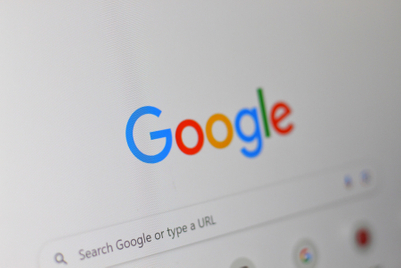
Saffron’s Eric Scott likes to rattle off the names of the cities that he has visited in the last 30 days, which is likely to number an average of five in any given month, given that Saffron’s global creative director is used to traveling across the world for work. Madrid, New York, California, London, San Fransicsco and Dubai, to name a few. The creative head of Saffron began his session on day one of Kyoorius Yatra 2008 by talking about the meaning of the term branding as defined by the industry, at large.
According to Scott, branding tended to be used, by most people, in a rather generalized fashion. Branding, according to him, could denote a simple, clear idea; it could be defined as a belief system or it could be defined as a basic human need to belong. He put forth the idea that a company’s leadership was a powerful branding tool. Scott was of the view that the industry had created too few brands, which was because it had not talked a lot about the idea of leadership and courage. Giving examples from brands such as Apple, Google, Virgin, Facebook, Fedex, Nike and Starbucks, Scott pointed out that the leaders of all these companies embodied the idea of their business, whether it was Virgin’s Sir Richard Branson, Google’s Larry Page and Sergey Brin or Facebook’s Mark Zuckerberg.
Scott narrated a list of five brand case studies which Saffron had worked on. This included the Red Campaign, initiated by U2’s Bono, a brand makeover opportunity with Gillete for their Braun range of hairstyling products, and a campaign for French entertainment company Pathe.
He was of the view that Indian design agencies needed to evolve their own sense of design identity, instead of being influenced by western design sensibilities.







.png&h=268&w=401&q=100&v=20250320&c=1)


